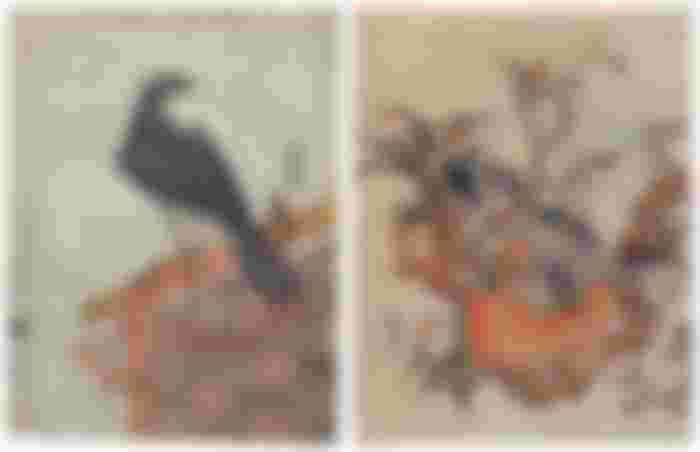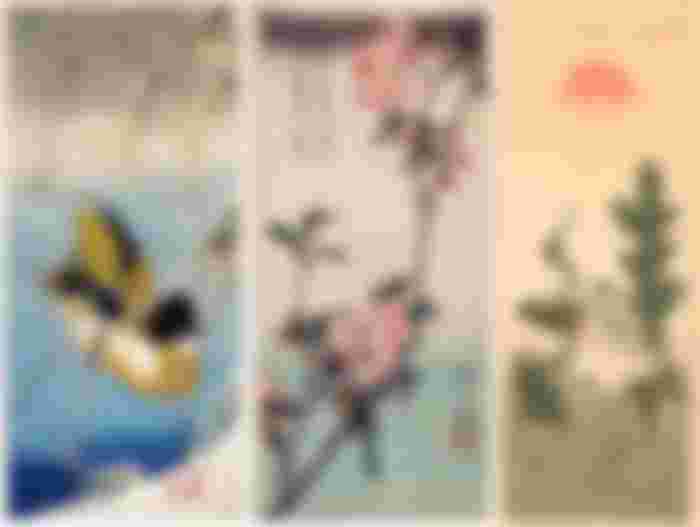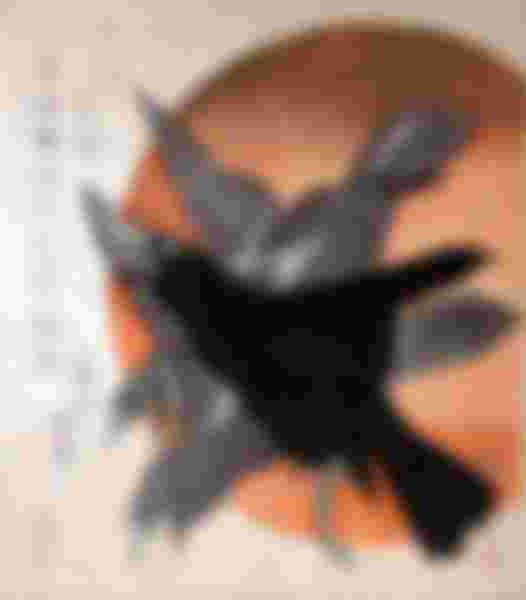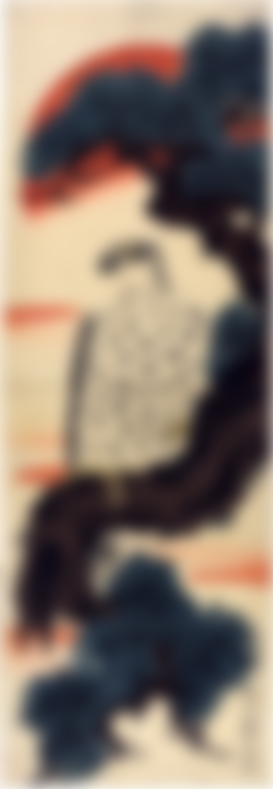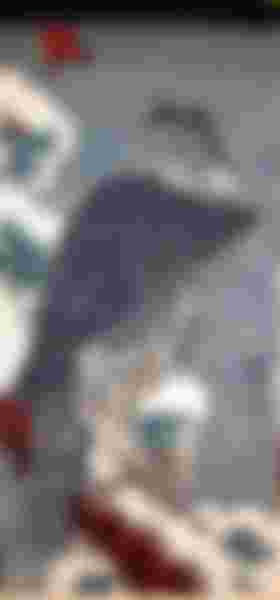One of the sub-genres of ukiyo-e is kachô-e (also called kachô-ga). Sometimes it is defined as “studies of flowers and birds”, but while many artists limited themselves to just flowers and birds, others went beyond that to other plants and animals. In a broader sense we can say that kachô-e is about studies of plants and animals in general.
In a way these motives ought to be alien to ukiyo-e, which was predominantly dealing with urban life and urban motives. Unlike another seemingly alien subject which came to be a very essential part of late ukiyo-e, landscapes, kachô-e was there all the time - a heritage from pre-ukiyo-e Japanese and Chinese art.
The studies of plants and animals made by ukiyo-e artists are sometimes overlooked in favour of the more typical ukiyo-e sub-genres, such as bijinga and yakusha-e, women and kabuki motives. Yet real masterpieces can be found amongst them. Let's look at a selection of kachô-e.
Shigemasa & Utamaro
First we have Kitao Shigemasa (1739?-1820), who is best known for his book illustrations, mainly bijinga and kachô-e. Below we have "Cranes and Sun".
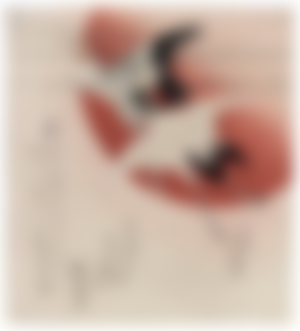
In Japan the crane [tsuru] is a symbol of good luck and longevity. In the past they believed a crane has a lifespan of a thousand years. It is often depicted on kimonos, particulary on wedding kimonos.
A crane is also an authority, someone not opposed. There is a saying, “tsuru no hito koe“, which means “one word from the crane”. That's the word of authority.
Kitagawa Utamaro, the bijinga master, was also a master of kachô-e, which he shows in a book, Momo chidori kyôka awase. It is sometimes considered the peak of kachô-e. It might be so in its strict sense and older form, but later ukiyo-e masters would come to develop the genre far more.
This is an example from the album Momo chidori kyôka awase.
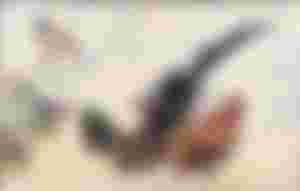
Koryusai, Hokusai, Hiroshige
Hokusai and Hiroshige, as well as Hokusai's pupil Hokkei, took kachô-e to new heights. But first we'll look att Isoda Koryusai.
Isoda Koryusai (1735-1790) came from a samurai family, which is very uncommon among the ukiyo-e artists, and that gave him special connections in society. He was the second nishiki-e master, directly following Harunobu, under whom he possibly studied.
From his samurai background, Koryusai had a special interest in hawks; falconry was part of typical samurai life. This, as well as his interest for nature in general and literature, is reflected in his art. Apart from that, his speciality was bijinga - hardly surprising for the artistic heir of Harunobu.
Here we have two prints by Isoda Koryusai: "Falcon on Perch" and "Pomegranate and Two Birds".

Hokusai (1760-1849) and Hiroshige (1797-1858) are discussed in greater detail in other articles. For this time, let's just enjoy their beautiful kachô-e.
The first two prints below are by Hiroshige: "Mallard Duck and Snow-covered Reeds" and "Aronia and Bullfinch". The third print is "Two Cranes and Sunrise" by Hokusai.
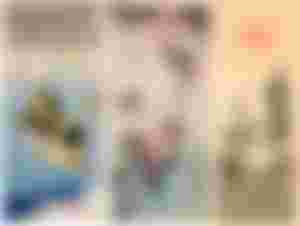
Totoya Hokkei
Totoya Hokkei (1780-1850) studied under Hokusai. His production is very diverse, covering many styles and sub-genres. He did many illustrations for books. However, I think his studies of animals have been overlooked. This is "Three Crows Against the Rising Sun". (The lead image shows another print by Hokkei: "Lobster on a Piece of Charcoal".)
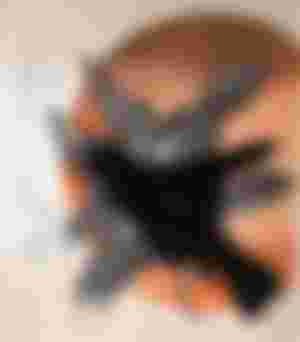
Eizan & Eisen
We cannot possibly look at all kachô-e here and now, but I want to end this survey of kachô-e with two artists with similar names: Eizan and Eisen.
Kikugawa Eizan (1787-1867) had a long life with a large production. He was a painter, in styles that fall outside of ukiyo-e. Within ukiyo-e, he made woodblock prints, mainly bijinga. It is sometimes forgotten that he also made some beautiful kachô-e.
Superficially, it looks like Eizan's bijinga copied Utamaro's style, and that's what posterity often claims. But that is undeserved. Eizan took bijinga a step further and has a distinguishably own style, although he built on Utamaro's art. His kachô-e, however, is not at all similar to Utamaro's.
This is Eizan's "Hawk at Sunrise".
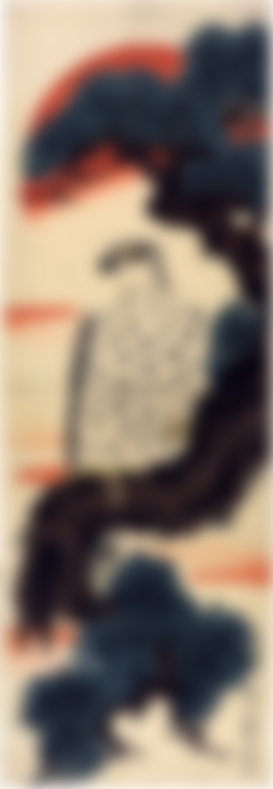
One of Eizan's pupils was Keisai Eisen (1790-1848), who took Eizan's style a step further. In fact, Eisen is the first artist to import an alien atmosphere into ukiyo-e. It is here the ethereal nature of ukiyo-e starts to erode and leave room for something more materially robust. This is especially visible in his bijinga. But Eisen also created wonderful kachô-e. (Eisen was also a writer under the pseudonym Ippitsuan.)
We wrap up this survey with one of my favourite kachô-e: "Eagle and Sparrow" by Keisai Eisen.
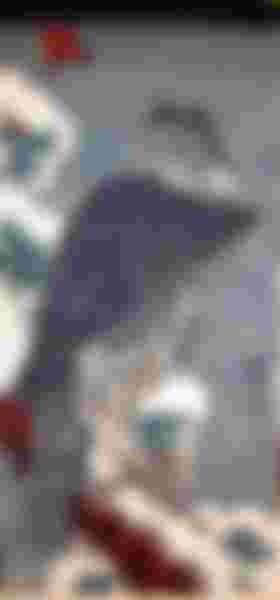
Copyright © 2021 Meleonymica/Mictorrani. All Rights Reserved.
You find all my articles on Japanese Art & Culture here.
Interested in Japanese culture? Join my community Japanese Art & Cultural History (7c1f).
You find all my writings on Read.Cash, sorted by topic, here.


